|
|
ADDRESS AT THE 2ND INTERNATIONAL CONFERENCE ON 'PHARMACEUTICAL SCIENCES, TECHNOLOGY & PRACTICE' JSS COLLEGE OF PHARMACY, OOTY, TAMIL NADU
24-02-2007 : Ooty, Tamil Nadu
Dynamics of Pharmaceutical Sciences and Technologies
"Knowledge makes you great"
I am delighted to participate in the inauguration of second international conference on pharmaceutical sciences and technology in this beautiful natural environment of Ooty. I would like to congratulate the organizers, JSS college of Pharmacy for taking a lead in organizing this conference along with the symposium on natural products. I was going through the abstracts of some of the papers being presented in the conference, which includes application of nano technology for future drug delivery, drug development strategy focusing on broad spectrum antiviral, protein interaction at the level of gene transcription, role of pharmacists in pharmaceutical marketing and typical pharmacy practice needs and demands in India. I would like to talk on the topic "Dynamics of Pharmaceutical Sciences and Technologies".
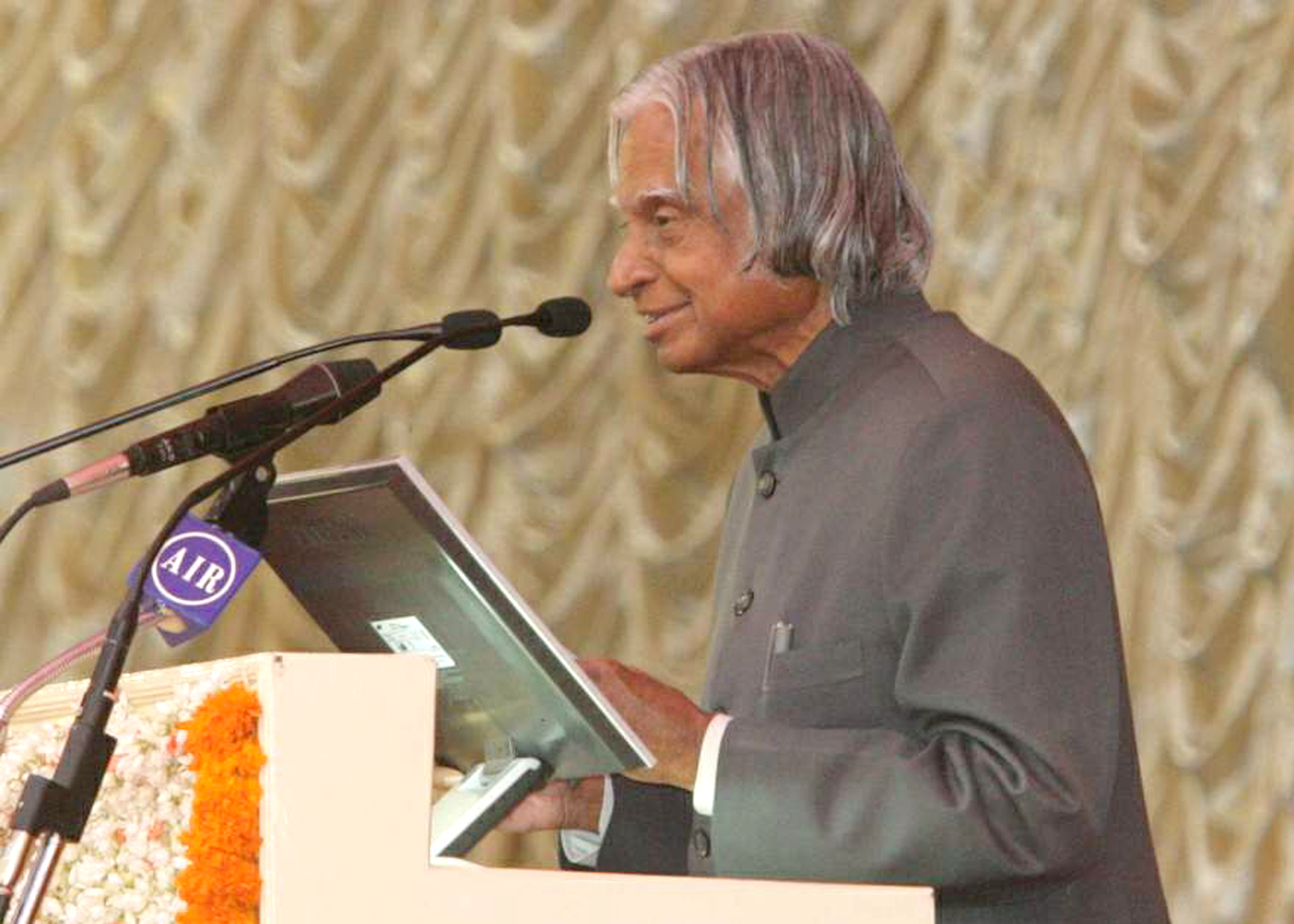

Pharma Vision
The global production of pharmaceuticals, branded and generics put together is of the order of $550 billion. The Indian Pharma industry at present has a turnover of $12.5 billion of generics for domestic and export markets against the production of $78 billion worth of generics in the world. Pharma Council has evolved the Pharma Vision 2020; I have suggested that Pharma community should identify all missions which will make India the leader in drug production. We should set a target of producing 40% of world generics production. India has got a core competence of producing cost effective and quality Pharma products. The Pharma specialists assembled here and the students studying in various disciplines must keep these targets in mind and contribute adequately for the realization of Indian Pharma Vision 2020, for which acquisition of knowledge is indeed an important need.


Pharmacy and healthcare delivery
In India, currently we have five hundred sixty thousand Pharma specialists and Pharma scientists. Seventy-five per cent of this human resource is involved in distribution and retailing of drugs in community and hospital sectors. The balance 15-20% is deployed in R&D, Manufacturing, Quality Assurance, Regulatory Sectors and in academia. The remaining 5-10 percent go for higher studies. There are about 500 diploma and about an equal number of degree institutions in pharmacy with an annual intake of about 30,000 in each course. In addition, about 12 post-graduate degree specializations are available with an annual intake of about 3,000 students. It is projected that by 2020, the demand for Pharma specialists at various levels will be over 1.7 million in our country. To accelerate the growth of human resource in the Pharma sector, it is proposed to open more centers of NIPER (National Institute of Pharmaceutical Education and Research) for which I have promulgated an ordinance recently.
While we have done well on the industrial pharmacy front, the pharmacy degree program is required to be realigned with the job requirements. Also, there is a need to restructure the diploma course which will provide the necessary skill and behaviour for discharging of professional obligations in community and hospital pharmacy. At the level of the primary health centers, where there is a shortage of medical and nursing professionals, pharmacists can play an important role in dispensing and counseling. In this context, pharmacist's valuable services can be relied upon for carrying out simple micro-biological tests for malaria, TB, etc. He or she can also dispense medicines, monitor health status, take feedback from doctors, and counsel patients. At the post-graduate and doctoral level, the programs should be made more application oriented. We must challenge traditional thinking in a world that is ever changing. In the context of changing perspectives, we have to develop a strategy to bring about continuous upgradation in pharmacy education to meet the changing needs of the profession.
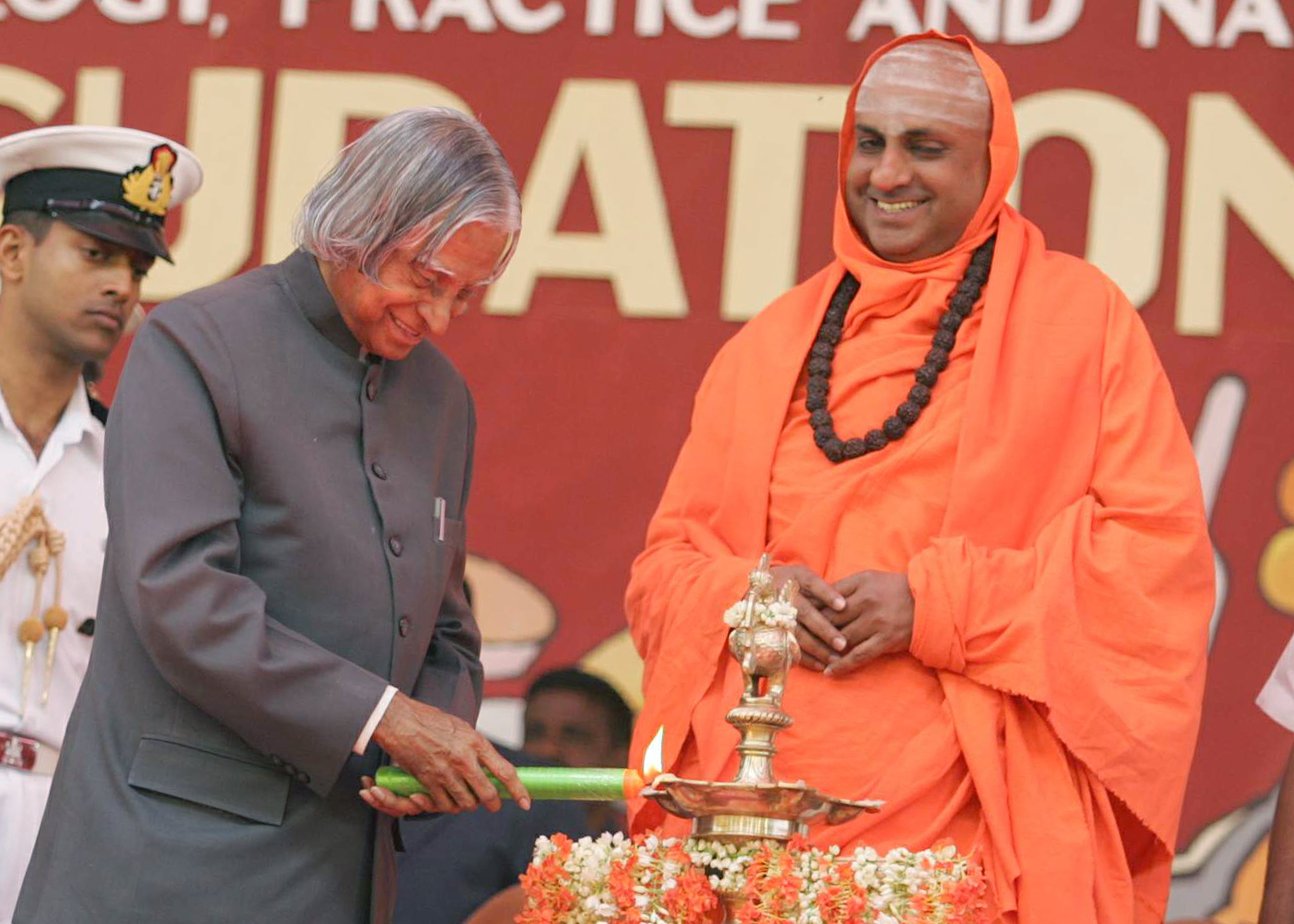
Now I would like to discuss about my experience with Pharma Research and Development laboratory and the production establishments.

My experience with Pharma industry
I have visited number of Pharma R&D Centers. There is a great movement in transforming molecules to drug. In Wockhart, I found the development and marketing of three products: Biovac-B, Wepox and Wosulin are indeed competitive in the pharma market. In Nicholas Piramal research Centre, I witnessed the development of anti cancer drug, inflammation inhibitor and drug for type 2 diabetes by overcoming insulin resistance. Ranbaxy has acquired a malarial drug molecule and they are progressing towards clinical trials. International Centre for Genetic Engineering and Bio-technology in collaboration with Bharat Bio-tech is developing a vaccine for Malaria which is under toxicity trials on animals now. With Sun Pharma's experience in the field of providing healthcare solutions particularly in the area of cardiology, neurology, psychiatry and gastroenterology, the Sun Pharma Advanced Research Centre (SPARC) will have potential to design and develop molecular entities for respiratory and inflammatory disorder. The first antibody product for cancer has been indigenously developed by BIOCON in collaboration with a partner. This product is Epi-dermal Growth Factor Receptor antagonist targeting Mono-clonal Antibody. Orchid Chemicals is providing healthcare solutions particularly in the area of anti-infective therapies, Cardiovascular, and neurological treatment and anti-diabetic therapies and nutra-ceuticals products. Orchids is well known for the production of antibiotic more particularly "Cephalosporins". Indian industry is poised to design, develop and manufacture cost effective DICOM compatible Digital X-Ray systems.

These experiences, give me the confidence that our Pharma industry is well on its way to revolutionize through the development of number of drugs needed by our country and abroad.

Contribution of Indian R&D
I have come across research and development taking place in the country in advance field of Pharma and biotechnology leading to healthcare solutions, where R&D laboratories Pharma industries and educational institutions are partners. I would like to mention few of them.
Faster cure for TB: India has made significant contributions in developing drugs that are critically required for us. One of the achievements comes from a laboratory of the Council of Scientific and Industrial Research (CSIR). CSIR lab has developed a new therapeutic molecule for Tuberculosis. This molecule has shown the potential to cure TB in around 2 months, as against the standard treatment of 6 to 8 months. This breakthrough is very important for the researchers. The medicine is undergoing clinical trials.
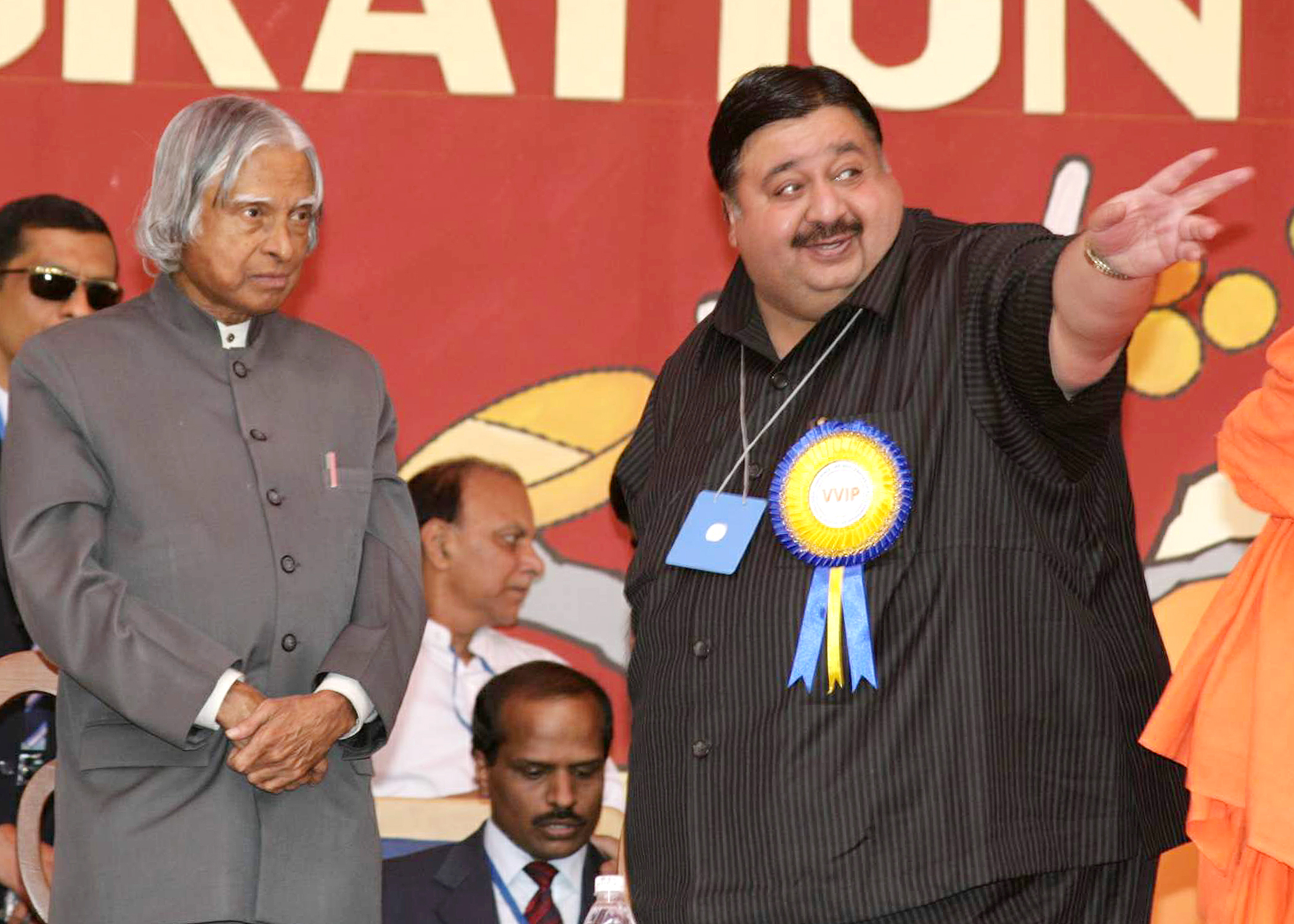
Typhoid Detection Kit : Typhoid Detection Kit has been developed by DRDE, Gwalior using the nano sensor developed by Prof. A.K. Sood, and his team from IISc, Bangalore. Typhoid fever caused by Salmonella typhi is a major health problem and an important challenge to health authorities of third world countries due to unsatisfactory water supply, poor sanitary conditions, malnutrition, emergence of antibiotic resistant strains etc. According to an estimate the worldwide incidence to typhoid fever is 16 million cases annually and death rate is 6 lakhs individual per year worldwide. In India, the morbidity due to typhoid varies from 102 to 2219/100,000 population in different parts of the country. In some areas typhoid fever is responsible for 2-5% of all deaths.
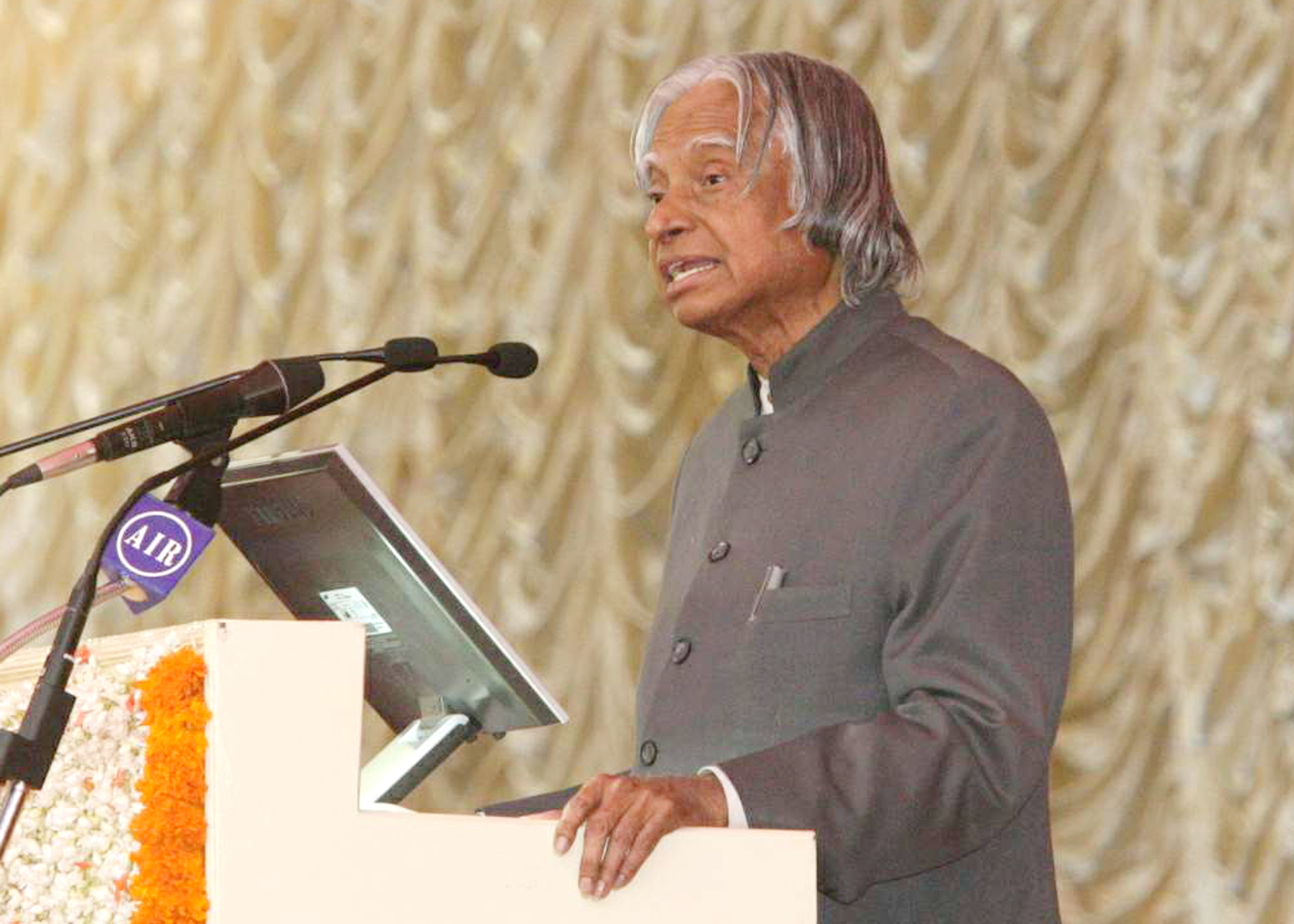
In India for routine diagnosis for typhoid disease Widal test is performed with single serum sample which does not provide the correct diagnosis of infection. Therefore a Latex agglutination based test has been developed at DRDE, Gwalior using recombinant DNA technology and immunological technique for rapid diagnosis of typhoid infection. The test detects S. typhi antigen directly in patient's serum within 1-3 minutes which is very important for initiating early treatment and saving human life.
A collaborative work has been carried out with Prof. A.K. Sood of Indian Institute of Science, Bangalore, the sensitivity of the test has been increased 30 times by applying a small electric charge (1.5 V). With this improvement, extreme low concentrations of the antigen in clinical sample can be detected. Moreover, very small quantity of clinical sample as low as 2-3 ul is required to perform the above test as compared to 10-15 ul sample required for latex agglutination test.
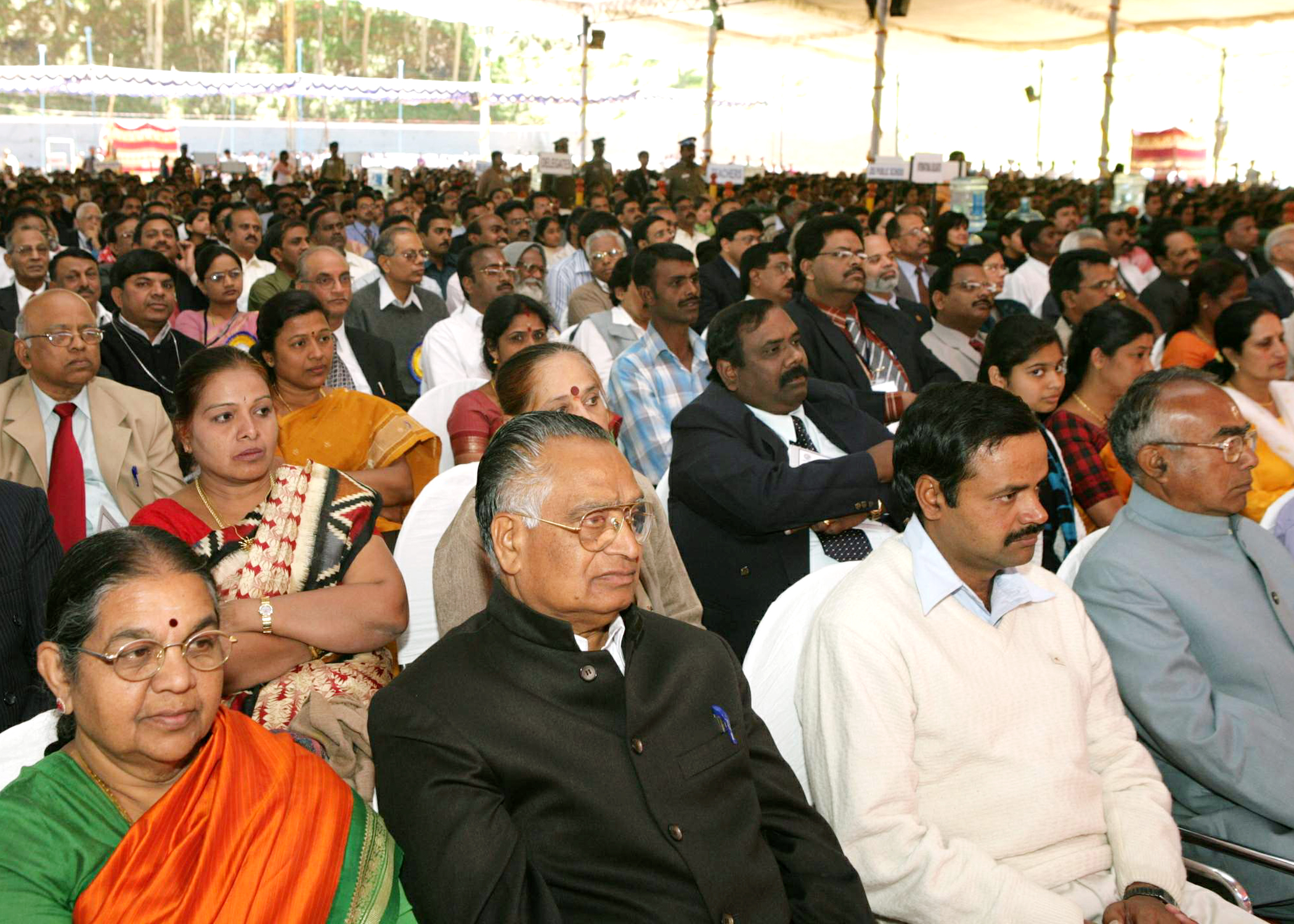
Blood flow generating power through CNT: Prof AK Sood, professor of Physics at IISc and his student Shankar Ghosh has studied, experimented and found that the liquid flow in carbon nano tubes can generate electric current. One of the most exciting applications to emerge from the discovery is the possibility of a heart pacemaker - like device with nanotubes, which will sit in the human body and generate power from blood. Instead of batteries, the device will generate power by itself to regulate defective heart rhythm. The IISc has transferred the exclusive rights of the technology to an American start-up Trident Metrologies. They will develop the prototypes and commercialize the gas flow sensors.
Drug delivery system: A research group headed by Professor A. N. Maitra of the University of Delhi's Chemistry Department has developed 11 patentable technologies for improved drug delivery systems using nanoparticles. Four of these processes have been granted U.S. patents. One of the important achievements at the initial stage of drug delivery research was development of a reverse micelles based process for the synthesis of hydrogel and "smart" hydrogel nanoparticles for encapsulating water-soluble drugs. This method enabled one to synthesize hydrogel nanoparticles of size less than 100nm diameter. This technology has been sold to Dabur Research Foundation in 1999.
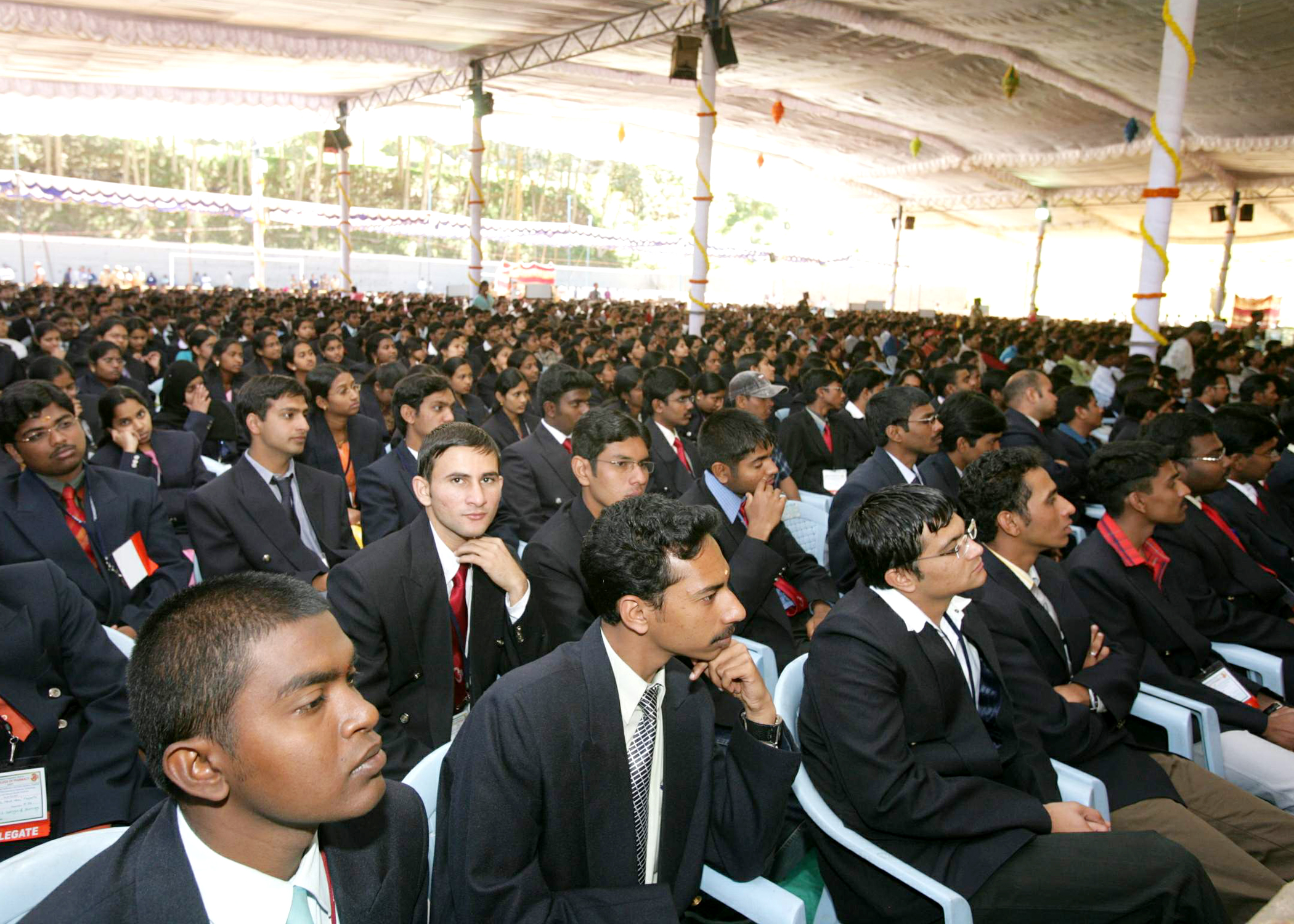
Another technology has been transferred to industry deals with nanoparticle drug delivery for eye diseases. Traditionally, steroids have been used extensively in the treatment of ocular inflammatory disease and allergies. However, prolonged use of steroids has many side effects. The Delhi university group's process uses nanoparticles to encapsulate non-steroidal drugs. "This process improves the bioavailability of the drug on the surface of the cornea". The technology has been transferred to Chandigarh-based Panacea Biotech Ltd.
Another important software tool for design and development of drug is Biosuite, which has been developed by one of our IT industry in partnership with CSIR and IISc.

Biosuite: During my recent visit to Hyderabad, I launched the Bio-Suite which is a state-of-the-art software package that caters to all aspects of computational biology from genomics to structure-based drug design. It incorporates the latest publicly known algorithms, as chosen by a panel of academic partners, and has been coded entirely by the TCS team, using the best software engineering practices. It can be used by academic and R&D institutions, small/medium and large biotechnology companies. I would suggest the scientists and technologies assembled here to examine the possibility of using this bio-suite developed for cost effective drug development.

The science of proteomics
India missed the great opportunity in partnering the human genome project and thereby lost the utility of right type of data. I suggest the Indian biomedical community to take the initiative to become a working partner in the proteomics project of gene characterization. Proteomics is the study of all the proteins expressed by the genome of a cell. It is the logical extension of genomics. Proteomics helps to understand the basic biological processes critical to normal cellular functions as well as the development of diseases. It identifies the essential components of these processes and exploits these components as targets in the development of new methods to prevent or treat diseases. The national programme on proteomics has to be accelerated with partnership from industries and R & D laboratories. I would suggest that this should be pursued as a mission mode project. The proteomics resulting into a gene chip can become the future diagnosis and treatment regime for many diseases. The scientists and technologists must be aware of the progress made in the proteomics programme and understand the processes at the molecular level. This will enable genetic characterization leading to forecasting and diagnosis of the disease for adopting suitable preventive and curative measures.

Bioinformatics traditional medicines
The nation's strengths predominantly reside in its natural and human resources. India ranks among the top few nations having a rich bio-diversity. Particularly, in the herbal area there
are potential applications for developing multiple products for nutrition, prevention and cure of diseases. Of the global herbal product market of US$ 61 billion, China has a share of around US $ 6 billion, whereas India's share is not even US $ One billion. There are opportunities for growth in this area. India has similar potential for promoting floriculture and aquaculture in a big way. Knowledge-based value addition for these natural resources would mean exporting value-added products rather than merely the raw materials. Use of medical bioinformatics for leading the herbal products into drug design and development and commercialization should be explored. It is essential to leverage this wealth for national well being as well as to seek global presence for the nation. Recently I met Dr. PM Selvaraj from Kolimalai Siddasramam, who is a traditional siddha practioner practicing for the last 50 years. With his experience in 5000 varieties of herbal and medicinal plants he is teaching, practicing and dissemination the knowledge. I would recommend scientists and technologists to work with such traditional practioners and suggest how medial bioinformatics can help the traditional medicine developers, practioners and manufacturers to systematically prove and get the necessary approvals for use of the medicines in different parts of the world as pharmaceutical.

International Competitiveness
To be internationally competitive, we should incorporate courses in regulatory jurisprudence so that newer legislations, domestic as well as international, are understood and implemented with utmost care and speed. Our courses must include exposure to guidelines issued by International Conference on Harmonization (ICH), Good Manufacturing Practices (GMP), Good Laboratory Practices (GLP), Good Clinical Practices (GCP) and Generic Clearance Procedures for pharmaceutical products. Also, for submissions of technical dossiers for exports, we must familiarize students with regulatory specifications of international agencies and with our national book of standards for drugs, the Indian Pharmacopoeia, and other similar international compendia. As you may be aware, the Government has decided to share India's traditional knowledge in medicine with other countries in a digitally documented form so that they can reject any patent application in their countries which use India's centuries old wisdom. This is an essential step for protecting our intellectual property right.

Moral leadership
Moral leadership involves two aspects. First, it requires the ability to have compelling and powerful dreams or vision of human betterment. Moral leadership requires a disposition to do the right thing and influence others also to do the right things. There is a perception that a large number of pharmaceutical products sold in India are counterfeit or of substandard quality. These drugs are generally made by unscrupulous elements and supplied surreptitiously to chemist shops through illegal channels. The scientist and technologists assembled here should debate this issue and find an innovative solution for prevention of entry of spurious drugs into Indian market. This will be a great contribution of scientist to Indian society.

Conclusion
Eradication of liver diseases, controlling cardiovascular diseases, preventing spread of HIV by developing anti HIV vaccine, controlling allergy and inflammatory disorders by multiple technologies and practices and creation of competitive Pharma businesses - all need one important element, apart from other resources. That is creative leadership in health care. Who are the creative leaders? What are the qualities of a creative leader? The creative leadership is exercising the task to change the traditional role from commander to coach, from manager to mentor, from director to delegator and from one who demands respect to one who facilitates self respect. Higher the proportions of creative leaders with vision in the health care area, higher the potential for successes in research and discovery of healthcare products, leading towards a healthy and wealthy India.
With these words, I inaugurate the Second international conference on Pharmaceutical sciences, technology and practice. My best wishes to all the participants in their mission of promoting basic research and applications for realizing the goals of Pharma Vision 2020.
May God bless you.
<<Back
|
|